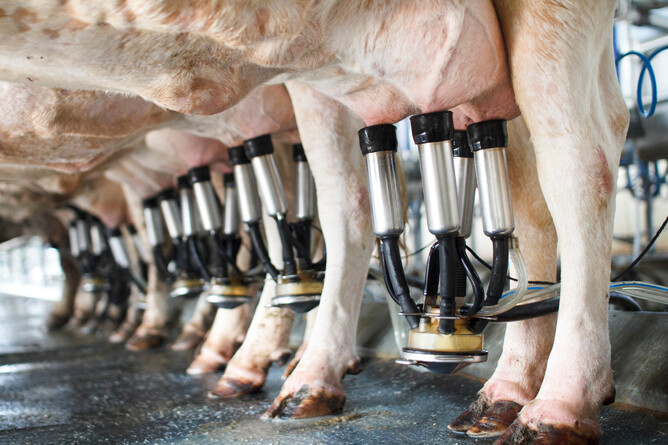Here are some tips when dealing with a late season increase in your bulk milk somatic cell count (BMSCC):
Strip the herd (manually milking the teats) to check for clinical cases of mastitis. Regular stripping (e.g. one quarter each milking) can help you quickly detect new cases.
Use herd test information to identify subclinical mastitis/high SCC cases. When considering how to manage these cows look at:
- Age,
- Pregnancy status,
- Udder/teat conformation,
- How many quarters are affected,
- Milk production,
- How long she has been infected, including: Was she high at previous herd tests? Has she been treated for mastitis and, if so, how many times? Cows that have been more recently infected are likely to have better treatment outcomes than cows that are chronically infected. Antibiotics and drying off early can work, but sometimes it may be time to cull.
Do milk culture tests to identify the bacteria causing the mastitis infections. Results will help identify if it is a contagious or environmental bug, making it easier to put prevention measures in place, and will also enable treatment to be targeted correctly.
Ensure your teat spray is mixed to the correct concentration and apply it after every milking.
Treating or removing mastitis-affected/high SCC cows is a short-term fix for your BMSCC. Preventing new infections should be your long-term focus.
Consider having us complete a full mastitis assessment for you, including a milking machine check and/or milking time visit. Assessing your milking routine, cow teat health, and machine function is invaluable for identifying risk factors for the spread of infection. Get in touch to find out more or book in.

